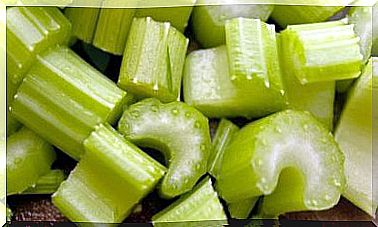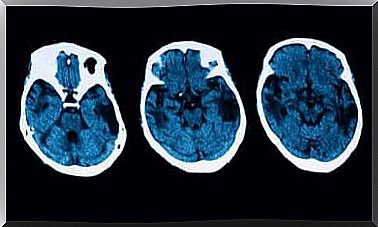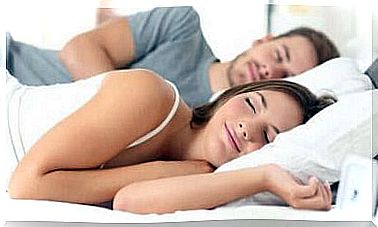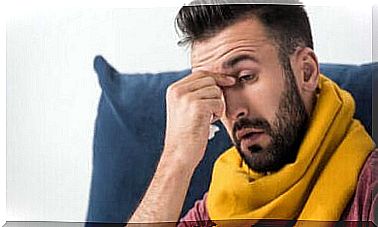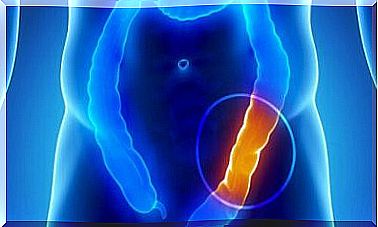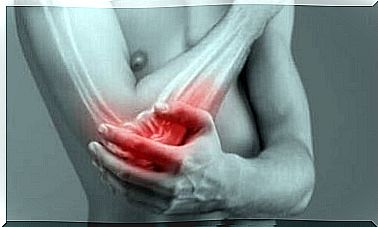Fight Sole Pain With These Tips
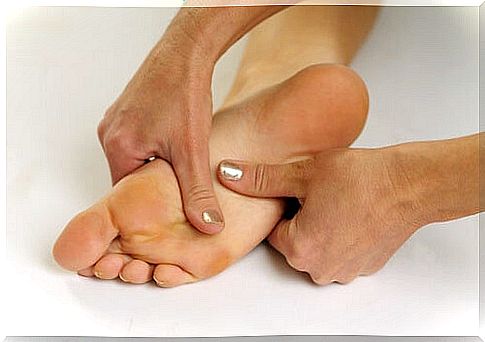
Sole pain, or plantar fasciitis, starts at the bottom of the heel – although it can spread all over the foot or have a different starting point.
Excessive pressure on the foot can cause pain. This can tear the ligaments and cause intense pain and stiffness in the heel.
Causes of soles of the feet
Plantar fasciitis is mainly caused by:
- overweight
- Pregnancy
- Too heavy work
- Using poor quality shoes
- Flat feet or high insteps
Symptoms of Plantar Fasciitis
The symptoms that this condition causes are usually:
- Pain
- Burning sensation at the bottom of the heel (or in the entire foot)
- Stiffness
The problem usually occurs in one foot, although it can affect both feet.
Pain in the soles of the feet feels worse in the morning, when you take the first steps after a long night’s sleep or when you have been sitting or resting for a long time. You can also feel it after a day full of sports or other activities that required you to stand on your feet for a long time.
How to fight the pain of the soles of the feet
The following treatments are important to combat foot pain.
Treatments at home
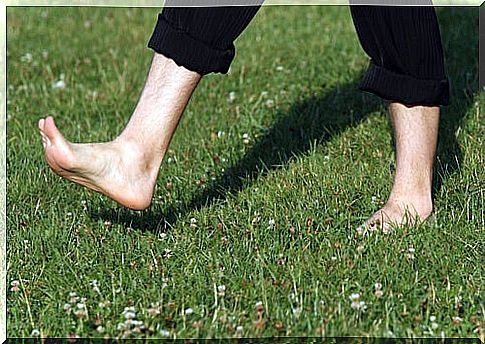
The first thing to do is try to walk around barefoot as long and as much as possible and put ice on your feet for about four times 20 minutes every day. This limits the pain in the affected area.
It is also best to use arch supports in your shoes, which support the arch of your foot as best as possible to reduce the pain.
If necessary, take some painkillers – such as ibuprofen, for example – which can be of great help. But be careful and limit the amount.
Medical treatment
If these painkillers do not give the effect you had hoped for, you can use a stronger and more effective treatment, such as a corticosteroid injection.
These are injected directly into the affected ligament, heel or arch of the foot. Then electric current is used. The steroids thus reach the skin and muscle. This flow is completely painless.
Your doctor may also recommend physical therapy, which involves stretching the plantar fascia and Achilles tendon. They will also recommend training the lower leg muscles.
In some extreme cases, you can use splints. These help stretch the calf and instep of your foot at night. This keeps your foot flexed, stretches the plantar fascia and Achilles tendon and reduces pain and stiffness in the morning.
As a final treatment, you can opt to use orthopedic remedies in your shoes, so that the pressure is evenly distributed over the foot. This will prevent and avoid further damage to the plantar fascia.
Remember…
It is very important to keep an eye on all your symptoms. If you don’t notice any improvement after trying the home treatments, it’s best to see a doctor right away and follow the treatment he or she suggests.
